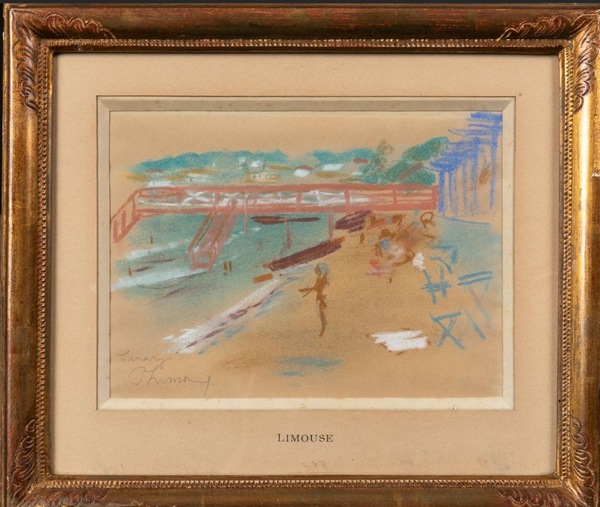Artist: Limouse, Roger

Roger Limouse was born to French parents in the ancient coastal town of Collo, Algeria in 1894. As a young man he was employed in a government position in Tunis but in 1919 he left for Paris. Here he studied art under Jean Paul Laurens at the Academie Julian where he met and shared a studio with the painter Jules Cavaillès. After completing his tuition, Limouse embarked on a period of travel. He returned to North Africa during the 1930s and then went to France, where he joined Cavaillès, Roland Oudot, Maurice Brianchon, André Planson, Christian Caillard, Raymond Legeuelt, and Kostia Terechkovitch to form ‘La Réalité Poétique’. This group was really an affiliation of friends and kindred spirits rather than a movement with a manifesto and he exhibited several works with them and took part in a major retrospective exhibition in 1956. He also exhibited at various Salons including des Artistes Francais, des Independants, d’Automne and des Tuileries. His work was clearly influenced by the Fauves and to a lesser extent the Cubists, but he was also revered as a painter of interiors. He was greatly influenced by Edouard Vuillard and Pierre Bonnard – one of the greatest painters of such scenes – who spoke of Limouse’s ‘heart, sensuality and intimacy.’ Because of his love of vibrant color, Roger Limouse has been called the last of the Fauves.
The Museum of Modern Art, Paris has three paintings by Limouse in its permanent collection.